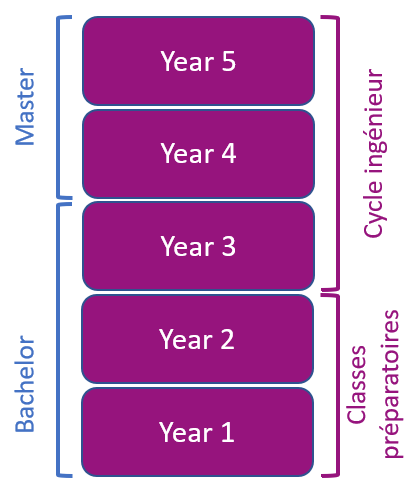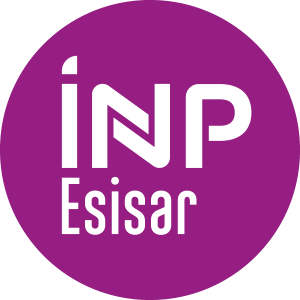Number of hours
- Lectures 12.0
- Projects -
- Tutorials 6.0
- Internship -
- Laboratory works 3.0
ECTS
ECTS 0.0
Goal(s)
Being able to understand and analyze a data sheet (data-sheet) of an antenna.
Being able to design an antenna from a precise specification. Being able to choose one type of aerial part of large families seen in the course for a particular application.
Being able to achieve a power balance of a radio link.
Pierre LEMAITRE AUGER
Content(s)
Introduction / History of wireless communications
Fundamental principles of electromagnetic radiation and basic notions
antenna characteristics (impedance, directivity, Friis equation, etc.)
Resonant antennas
Classical basic antennas:
- Dipole
- Loop
- Slot
- Helix
- IFA
- PIFA
- Parabolic
- Yagi
Wide*band Antennas
Planar antennas
Antenna Arrays
Leaky-waveguide Antennas
Basic knowledge in analog and digital electronics. Knowledge of the electronic sub-systems used in wireless communication systems (EE422)
Knowledge of electromagnetism
- Exam (Exam1): 1.5 hour with documentation and calculator
- Homework (DM): graded activity
- Practical Work (TP): graded activity
- Re-sit Exam (Exam2): new grade replaces all previous ones
The course exists in the following branches:
- Curriculum - EIS - Semester 9
- Curriculum - EIS (Apprenticeship) - Semester 9
Course ID : 5AMSC512
Course language(s): 
The course is attached to the following structures:
You can find this course among all other courses.
- C. A. Balanis, Antenna Theory: Analysis and Design., Third ed. Hoboken, N.J.: Wiley-Interscience, 2005.
- J. L. Volakis, Antenna engineering handbook, 4th ed.: McGraw-Hill, 2007.
- A. A. Oliner and D. R. Jackson, "Leaky-Wave Antennas," in Antenna engineering handbook, J. L. Volakis, Ed., 4th ed: McGraw-Hill, 2007.
- R. S. Elliott, Antenna Theory and Design., Revised ed. Hoboken, N.J.: Wiley-Interscience, IEEE Press, 2003.
What is a grande école ?
French engineering curriculum





